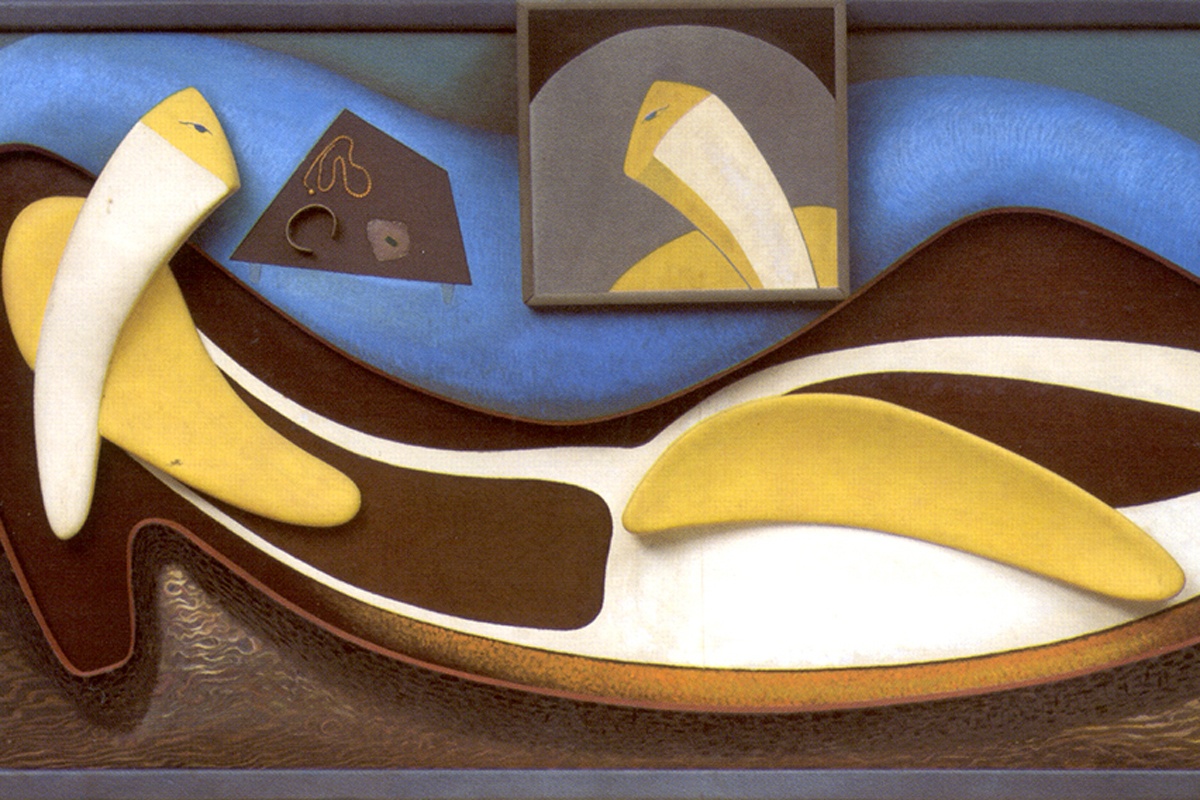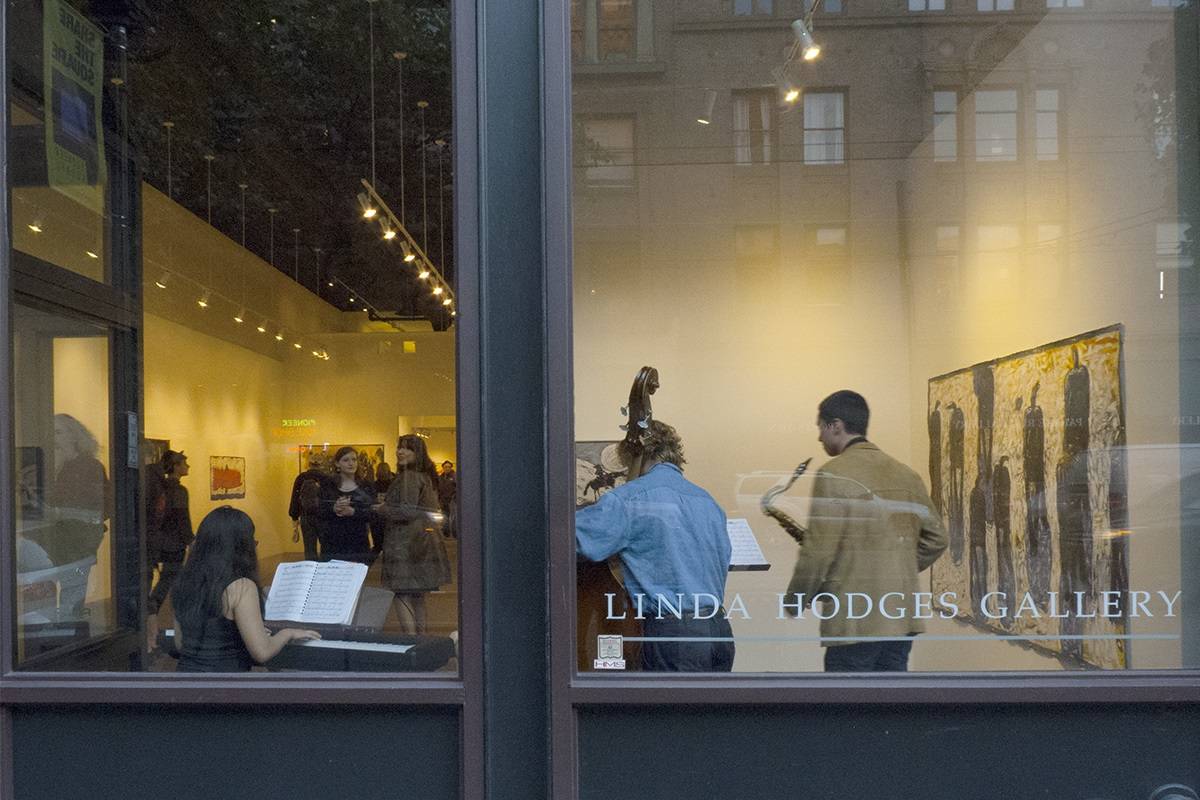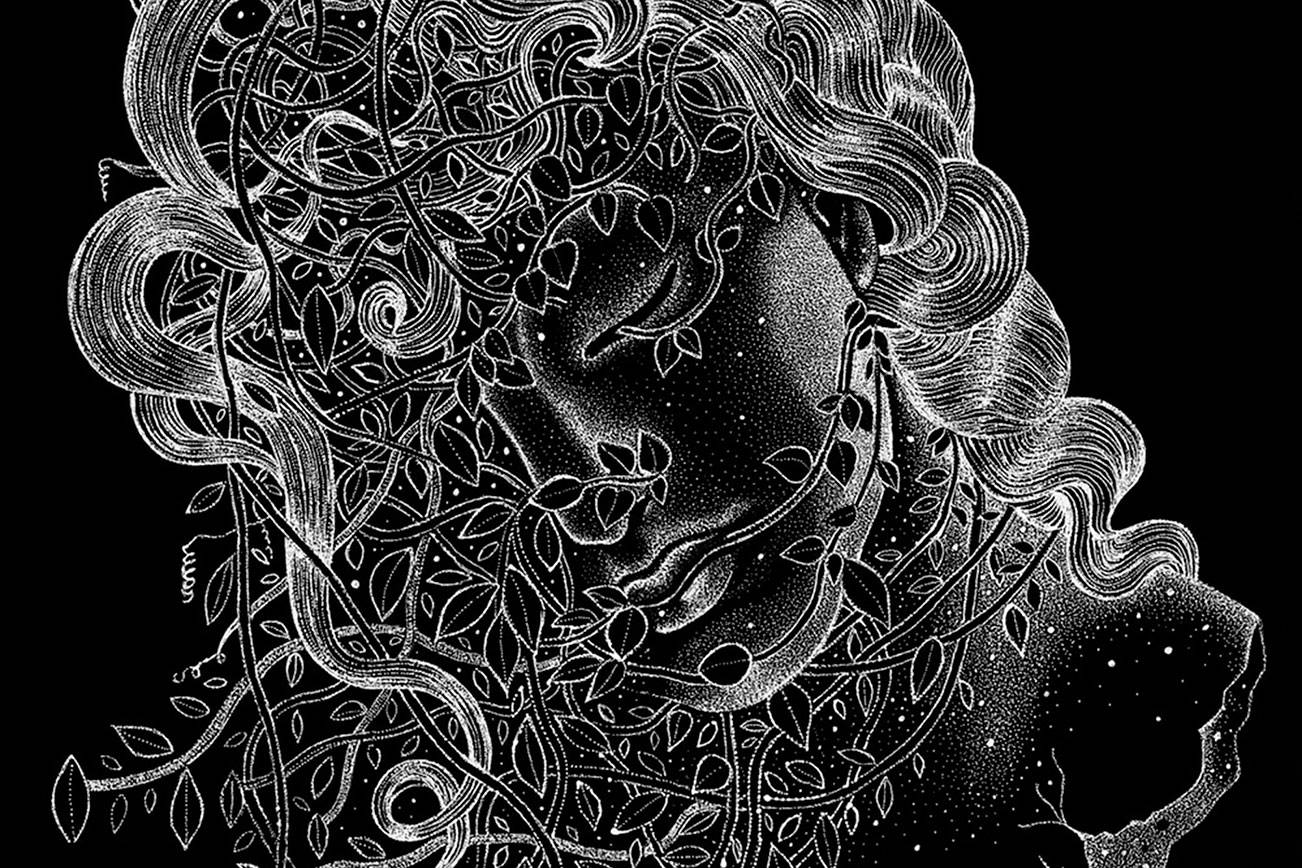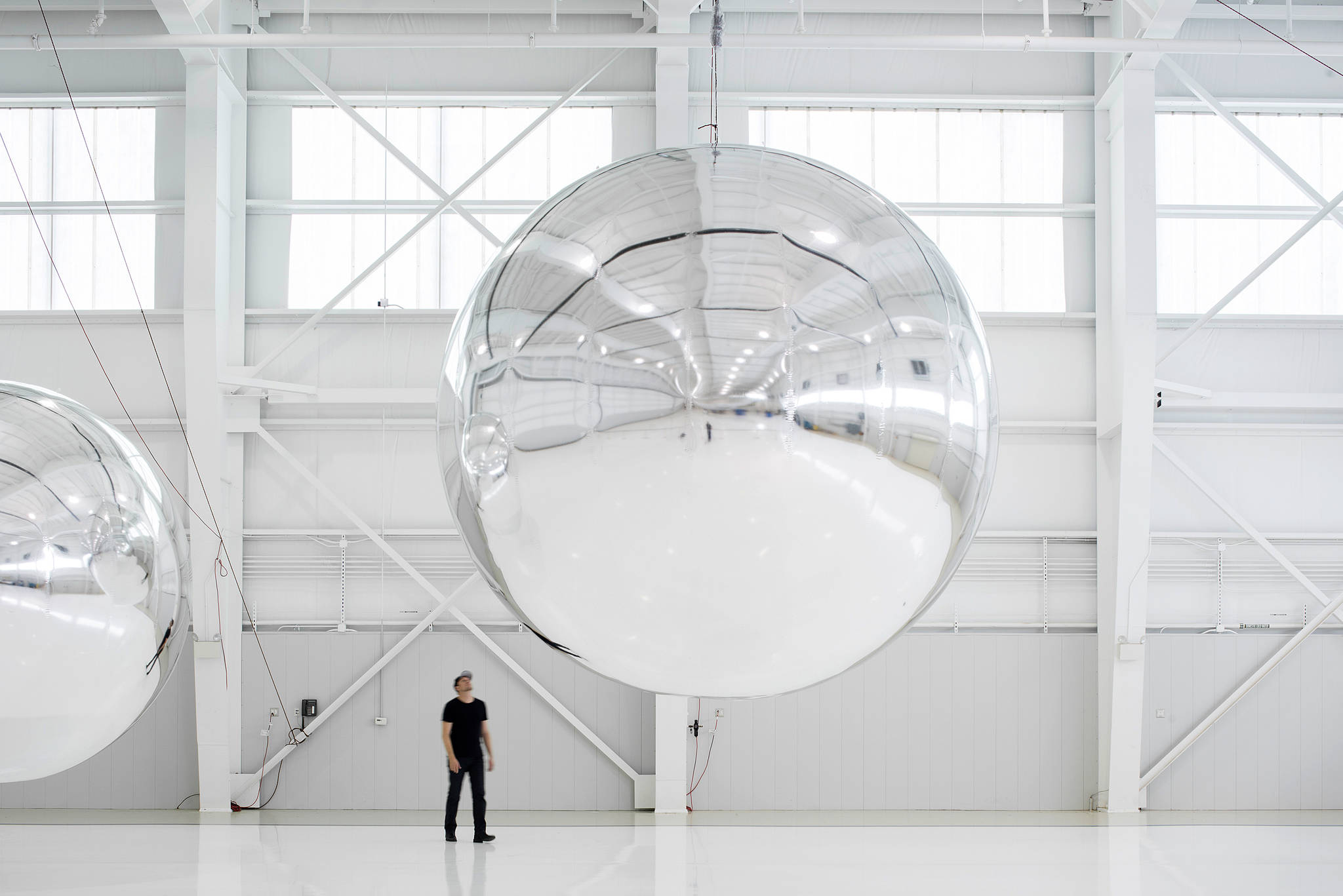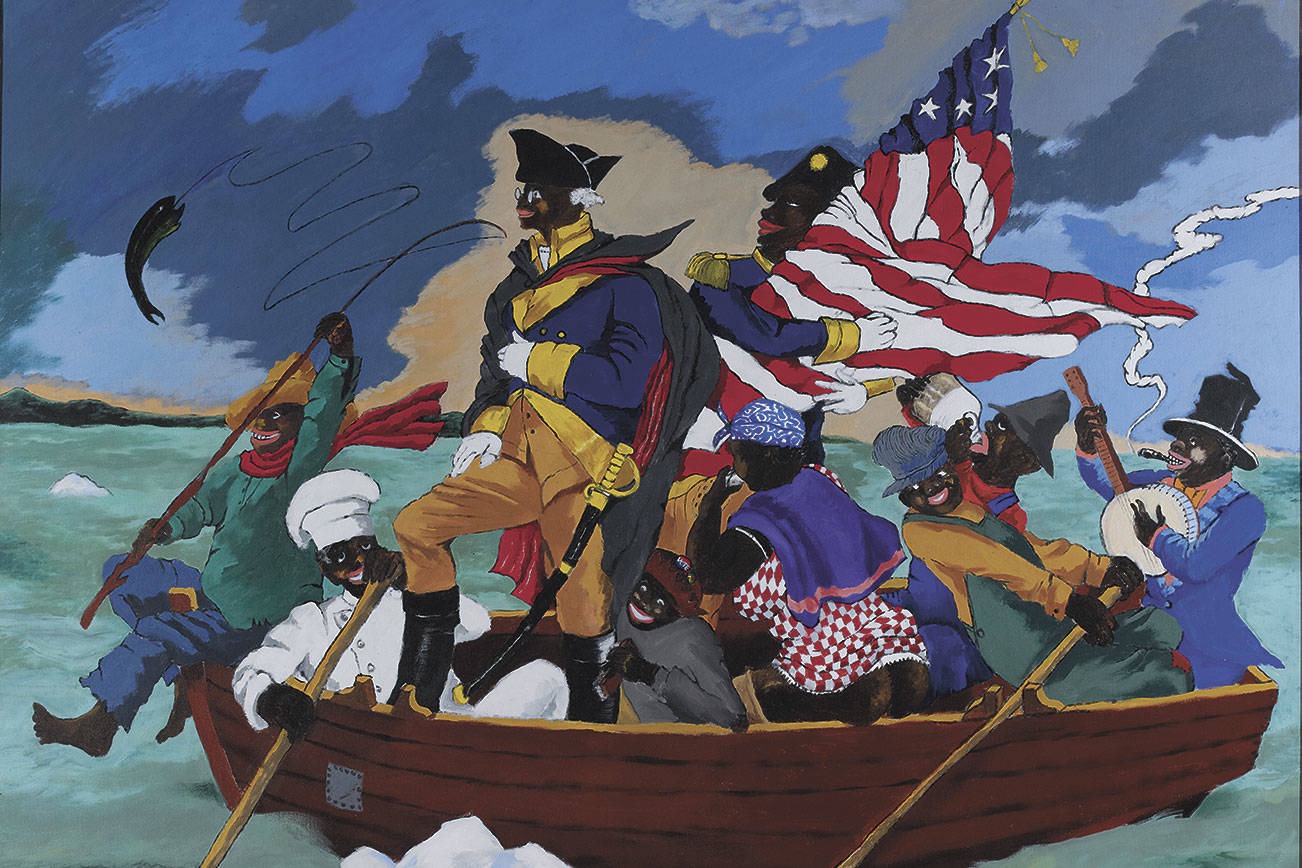Like many works of the historic avant-garde, the sculptures of Alexander Archipenko do not today strike us as shocking or revolutionary. In fact, most look quite staid or even dated. However, in his own time, Archipenko was breaking the mold consistently, along with peers such as Brancusi and Picasso. The latter was the first to sculpt in a Cubist mode; Archipenko was the second.
A large sculpture of his was included in the paradigm-shifting 1913 Armory Show in New York City, but this was just the beginning of his influence stateside. Ten years later he emigrated from Europe to the United States, where he taught art across the country, including a few years in Seattle. If Archipenko is considered a relatively obscure artist today, it is largely because of this move to America, to places that were obscure to the art world when history was being written in Parisian academies and salons.
For many visitors, the Frye Art Museum’s monographic exhibit Archipenko: A Modern Legacy will be an introduction to his work. Like any good historic exhibit, it reminds audiences that the aesthetic freedom we take for granted today did not spring ex nihilo. It came through the innovations of individuals whose works were often derided. The show offers audiences a chronological summary of the artist’s career and inventions. The didactics in the galleries are a tad dry, but they make it easy to follow a linear narrative.

To this extent, the show is serviceable, but more critical reflection reveals a lot of gaps. The discussion turns then from the work to the limitations of various art institutions and our perspective as viewers from another time. One of Archipenko’s primary innovations was the use of negative space in his sculptures. He was conscientious about the shape and design of gaps in his figures. Perhaps, then, it is apt to have an exhibit with so many gaps of its own, and to discuss them.
Seeing Archipenko’s work, one feels very sharply how much he was of his time, but one may get the dates wrong if one guesses. Some of his palettes and forms might recall design from the ’70s and ’80s—a sign of his forward thinking, as he passed away in 1964. He experimented with a lot of materials, including terra cotta, Bakelite, and Plexiglas—novel media for fine sculpture at the time—which also gives the work a decidedly mid-century feel, more linked with design than the Expressionism that dominated the postwar art scene.
However, among the disparate media, one form stands out as an almost singular obsession for Archipenko: the female body. This omnipresent male gaze is itself a reflection of his era, and it never gets much scrutiny or comment in the show. Had there been a curator in-house at the Frye working on this show, I think it might have been addressed. It’s hard to miss if you are attempting to put Archipenko in context for contemporary West Coast audiences. However, the curation came from the Archipenko Foundation itself, specifically its research curator Alexandra Keiser.
This is where we can start to think about how the missions of an institution limit the possibilities of engagement and efficacy. For instance, a relatively small foundation devoted to maintaining the legacy of a single, relatively obscure sculptor will only take the artist at his word regarding matters like the male gaze. An outside curator could be more impartial and treat the foundation as an ally and interlocutor, but not the final word. During this transitional year at the Frye, as its new CEO Joseph Rosa settles in and shows are being curated in-house for 2018, we may unfortunately be seeing more of these limited perspectives in the larger galleries. In the case of Archipenko, this doesn’t damn the show, but it does make it a little dry for viewers and a little cushy for its subject.
One large gallery holds about a dozen vitrines, each of which contains a sculpture of the female form, though some are more abstracted than others. During the opening, one visitor remarked to me that it was a bit jarring, seeing miniaturized women in airless cells throughout the room. They do not feel enshrined; they feel exposed. As much as one might try to justify this obsessive gaze as something reverent, or an appeal to “the divine feminine,” all that feels questionable.
Judging from all of this, Archipenko was a sensualist. There is nothing wrong with that, but talking about it (and about objectification itself) would not only make Archipenko’s humanity more accessible, but also add timely context. Instead, we get only a glimpse of the degree to which Archipenko would make his sensual enjoyment of the female body a quasi-religious experience.
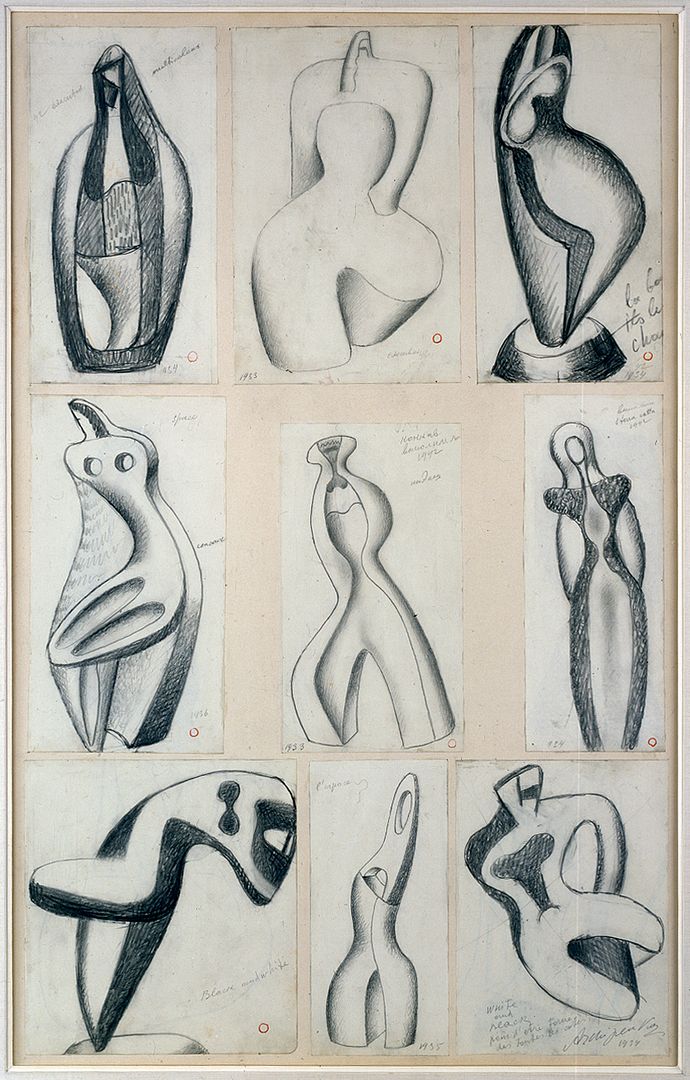
In addition to innovating with negative space, Archipenko liked to invent and create kinetic sculptures. Unfortunately, these works generally just feel gimmicky. One of his creations was called the Archipentura, a stack of painted canvases on rollers. By slowly turning a crank, the rolls would move and one side of the contraption would reveal an animation. This unwieldy and convoluted device was made only once by Archipenko—it no longer exists. The single functioning version was called Miracle. What was the miracle on display? An animation of a woman walking home and undressing. It was a rather convoluted way of making something akin to a peep-show nickelodeon.
Again, the issue here is not that Archipenko favored women as a subject matter. After all, his sculptures of the female body are objectively his most beautiful and touching works. The issue is with the missed opportunity. “The male gaze” has been long and hotly discussed, but a civil, nuanced discussion of its role in art history is easily possible with Archipenko—much more so than with most other artists—because his work is at heart so simple and rarefied in its exaltation of the body.
On that note, even if one does not wish to broach more fraught topics such as “the male gaze,” the existential subject of embodiment itself comes attached to figurative art, especially sculpture. Archipenko’s work is particularly ripe for this subject because of the way he abstracts and explodes the human form into facets that contain a void—a sinuous gap.
Archipenko: A Modern Legacy is a teachable moment in many ways. One can bring all these questions to the works, and in the right company amazing conversations will follow. But because it is so lacking in this sort of questioning, curiosity, or even basic lyricism, the show demands that such explorations be initiated by the audience. This absence reminds us of the importance of curation and its nature, which, like art, should come from a place of curiosity. When one is a scholar advancing a more singular narrative through a foundation, such curiosity is hard to maintain. Archipenko’s itinerant life and gently iconoclastic ways of making might be easily gleaned in such a narrative, but their essence is lost. Still, the artist remains present at The Frye. In the gaps. Archipenko: A Modern Legacy, The Frye Museum, 704 Terry Ave., fryemuseum.org. Free. All ages. Ends April 30.
visualarts@seattleweekly.com
